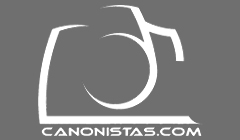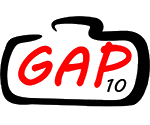La ISO nominal es 100. Yo no me complicarÃ#a mucho con esos temas técnicos. Recuerda que los valores en fotografÃ#a se relacionan casi siempre por doble o mitad:
ISO#100-200-400-800...
v#1/30 1/60 1/125 1/250 1/500...
f#1-(1.4) -2- (2.8)-4-(5.6)-8-(11)-16 (22)



 Responder Citando
Responder Citando



Marcadores